Two Department of Energy (DOE) offices have funded $6 million in research projects for an inaugural partnership to better prepare the nation for multiple disruptive power events and enable rapid response in a crisis for U.S. grid operators.
Tag: electric grid
How Much Dam Water is Needed for Fish and Energy?
New research identifies the most important factors in successful fish passage, pointing toward new options for flexible dam operations.
Scientists Put Forth a Smarter Way to Protect a Smarter Grid
PNNL scientists have put forth a new approach to protect the electric grid, creating a tool that sorts and prioritizes cyber threats on the fly.
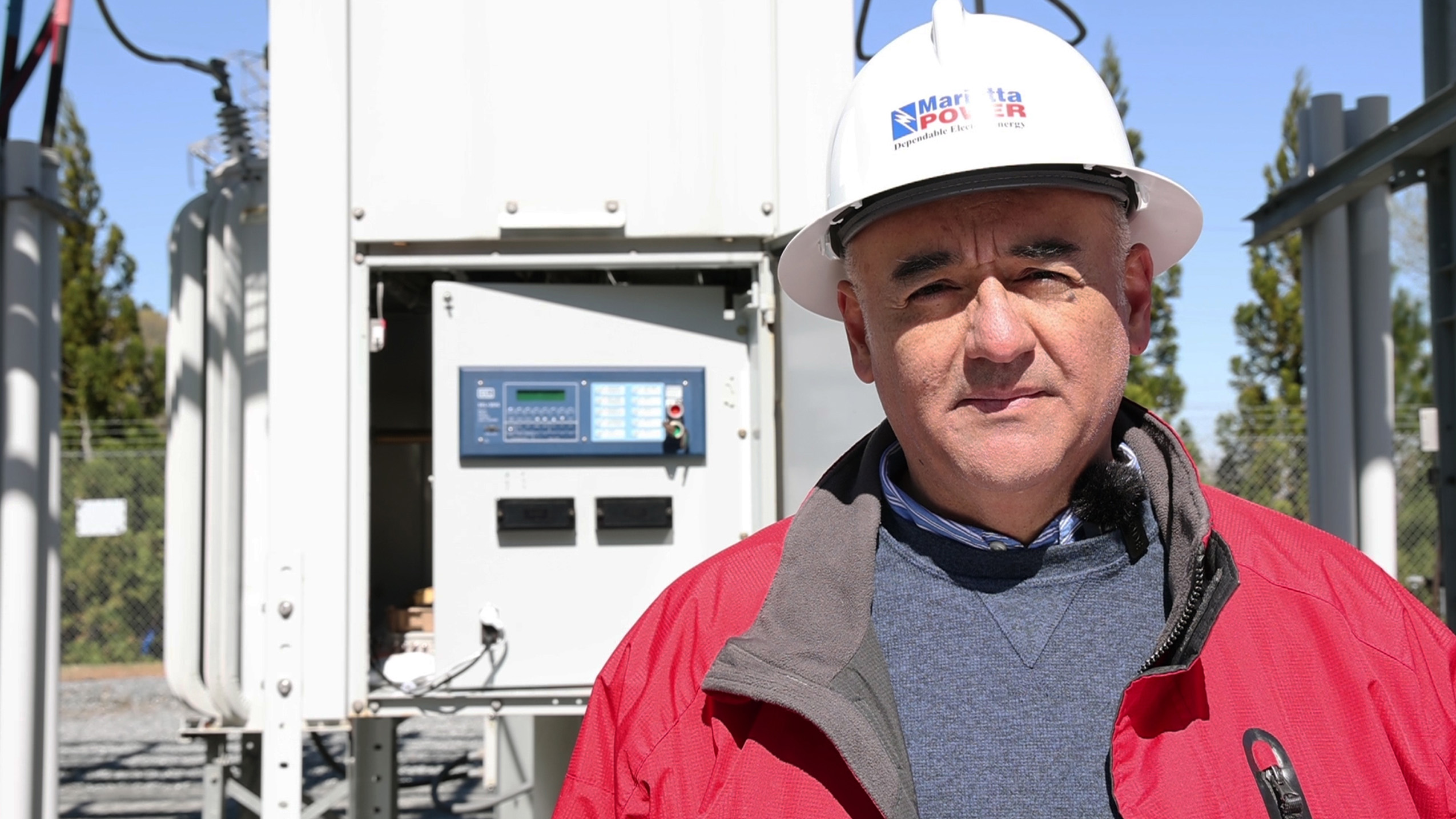
GridTrust Helps Protect the Nation’s Electric Utilities from Cyber Threats
A new cybersecurity technology that relies on the unique digital fingerprint of individual semiconductor chips could help protect the equipment of electrical utilities from malicious attacks that exploit software updates on devices controlling the critical infrastructure.
Electric Power Research Center: Sixty years of aiding industry, preparing students, inventing solutions
Iowa State’s Electric Power Research Center is helping industry study ways to add renewables to the power grid as the country makes plans to electrify the economy.
GW Expert Available to Discuss Impacts of Severe Drought Conditions and Climate Change on Hydropower
Officials are continuing to sound the alarm on the severe drought conditions impacting the American Southwest and Colorado River. According to a report by The Washington Post, further receding water levels at the Glen Canyon Dam of Lake Powell could…
Investigación de ORNL maximiza la operación resiliente de microrredes en Puerto Rico
Los científicos del Laboratorio Nacional Oak Ridge, en colaboración con múltiples universidades, ONGs y organizaciones locales, están investigando como las microrredes pueden proporcionar electricidad más asequible, confiable y sostenible a comunidades históricamente desatendidas en Puerto Rico. En este proyecto, ORNL está desarrollando un control que permite operar un grupo de microrredes en un clúster, lo cual mejora la resiliencia en su operación inclusive cuando parte de la microrred está afectada por un desastre natural.
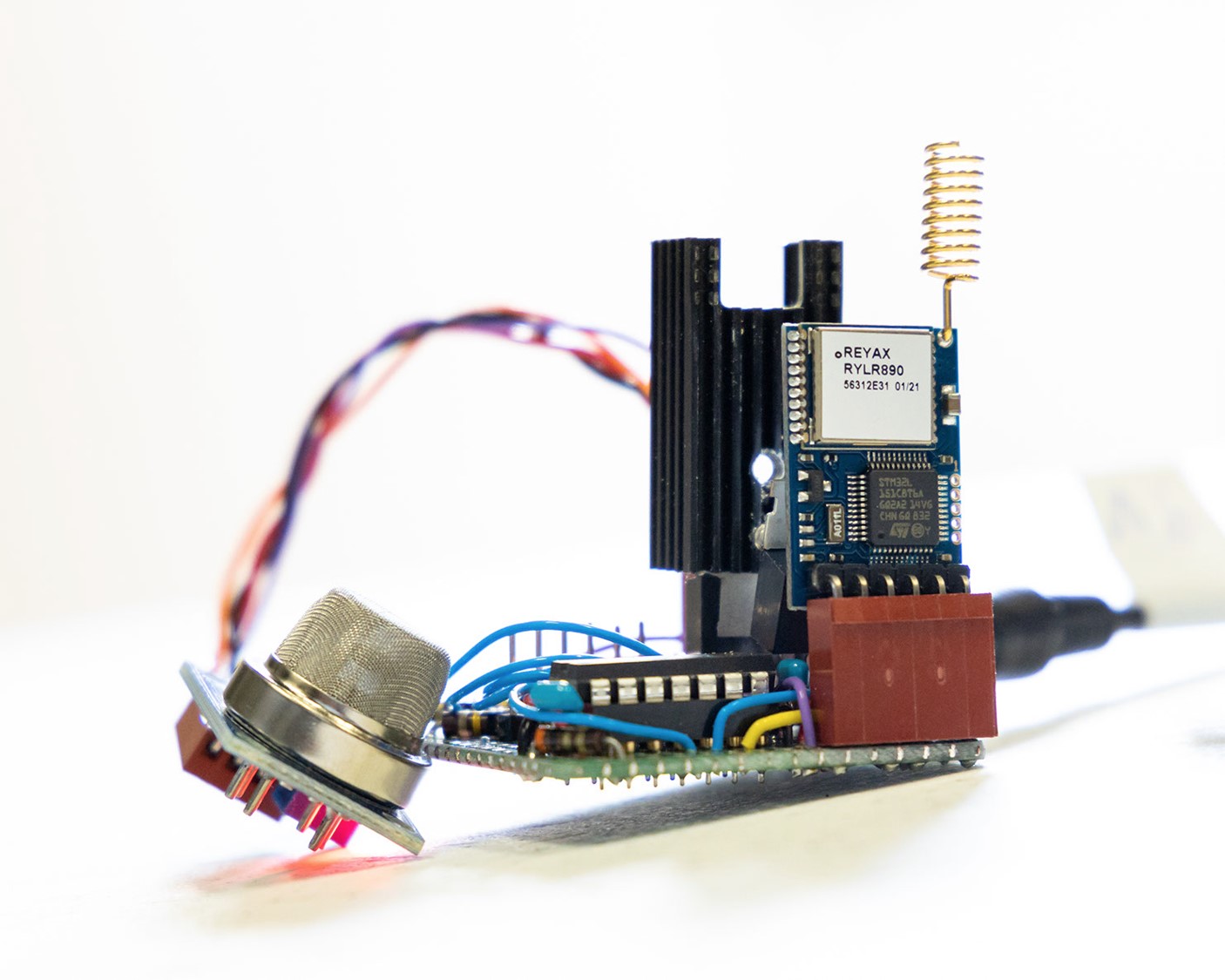
Story tips: Split-second leak detection, serendipitous silicon and retrofitting untapped dams
ORNL Story tips: Split-second leak detection, serendipitous silicon and retrofitting untapped dams
100% Renewable Energy Using Building Science
In the Journal of Renewable and Sustainable Energy, researchers from the U.S. Department of Energy National Renewable Energy Laboratory describe results from a techno-economic analysis aimed at identifying pathways to 100% renewable power systems. By analyzing readily available supply and demand strategies within specific U.S. regions, the team found a combination of resource diversification, excess generation, building efficiency, and demand flexibility improvements could reduce or even eliminate the need for long-duration energy storage in some regions.
Story tips: Predicting water quality, stronger & ‘stretchier’ alloys, RAPID reinforcement and mountainous water towers
ORNL story tips: Predicting water quality, stronger & ‘stretchier’ alloys, RAPID reinforcement and mountainous water towers
How Managing Building Energy Demand Can Aid the Clean Energy Transition
A comprehensive new study led by researchers from the Department of Energy’s Lawrence Berkeley National Laboratory (Berkeley Lab) quantifies what can be done to make buildings more energy efficient and flexible in granular detail by both time (including time of day and year) and space (looking at regions across the U.S.). The research team found that maximizing the deployment of building demand management technologies could avoid the need for up to one-third of coal- or gas-fired power generation.
Exploring the Electrochemistry of Water-Based Batteries
Researchers at Stony Brook University (SBU) and the U.S. Department of Energy’s (DOE) Brookhaven National Laboratory have identified the primary reaction mechanism that occurs in a rechargeable, water-based battery made from zinc and manganese oxide. The findings, published in Energy and Environmental Science, provide new insight for developing grid-scale energy storage.
Modernizing Hydropower with Digital Twins
The Digital Twins for Hydropower framework will help the industry to affordably modernize its aging hydropower fleet.
Electric vehicles no environmental savior, could cause power grid problems
As Ford unveils its electric F150, West Virginia University experts note the shift from gasoline-powered engines is not an environmental panacea in the short term, but instead will mean significant and costly upgrades to the nation’s infrastructure. Citing recent events,…
NYU Tandon-led effort sheds light beneath the surface for NYC disaster response
Debra Laefer of the NYU Tandon School of Engineering, and Rae Zimmerman of NYU Wagner win a national competition to drive research and collaborative action in urban resiliency and smart and connected communities.
Their project aims to bolster the ability of NYC to respond to crises and disasters.
EXPERTS: Electric Grid Researchers Available to Discuss Grid Reliability and Resiliency
BERKELEY, CA (Feb. 18, 2021) – Amid record cold temperatures, the electric grid throughout much of Texas has gone down, leaving millions without power. Lawrence Berkeley National Laboratory, a U.S. Department of Energy national research lab, is home to a…

Residential Batteries for Solar Power Benefit Owners and Grid
PNNL researchers simulated residential battery use and found in-home energy storage can benefit both the power grid and homeowners.
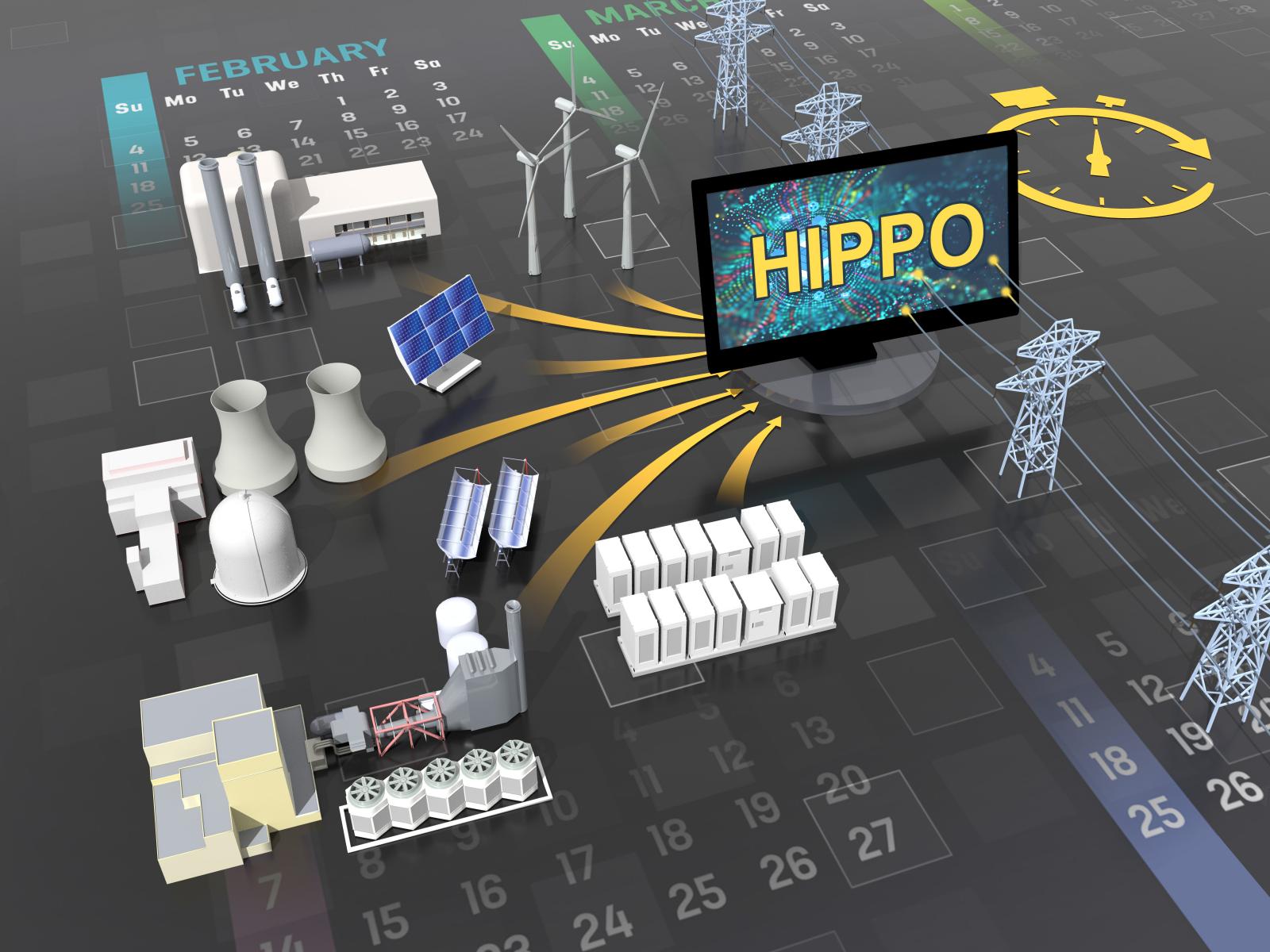
High-Performance Computing Helps Grid Operators Manage Increasing Complexity
PNNL, in partnership with industry, has developed a computational tool called HIPPO, which accelerates the increasingly complex calculations grid operators must make in scheduling energy resources to meet the next day’s forecasted electricity demand.
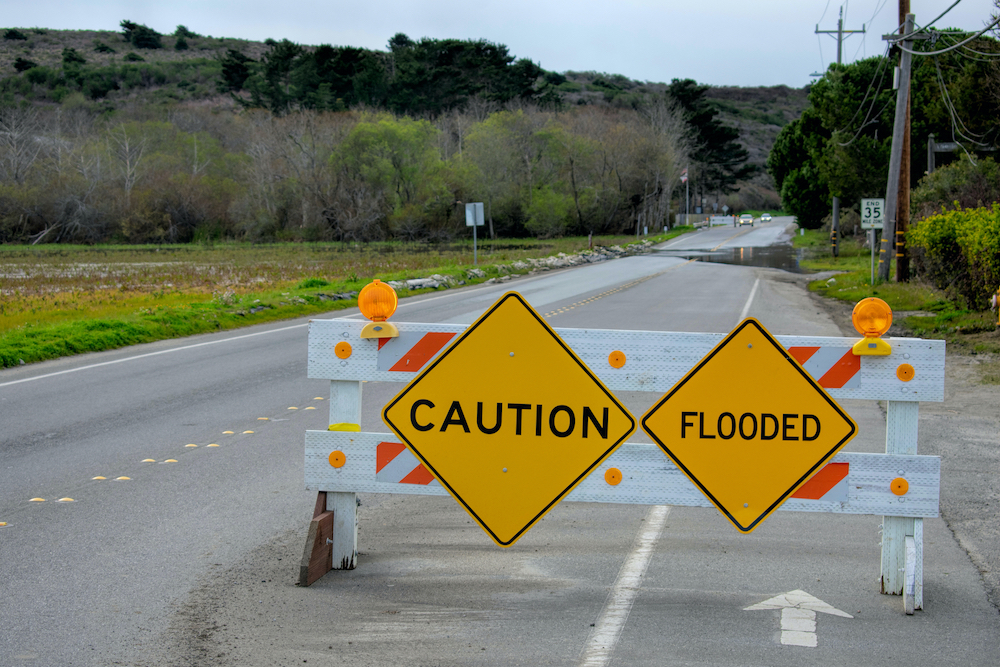
Aug. 2020 Science Snapshots
*Subtropical weather phenomenon likely to bring greater rainfall – and drought – by 2100
*A Q&A with scientist Bin Wang on how Berkeley Lab is helping cities prepare for a major shift in our transportation and grid sectors
*Berkeley Lab founder, cyclotron inventor, and Nobel laureate Ernest Lawrence, honored with a Memorial Highway in his home state.
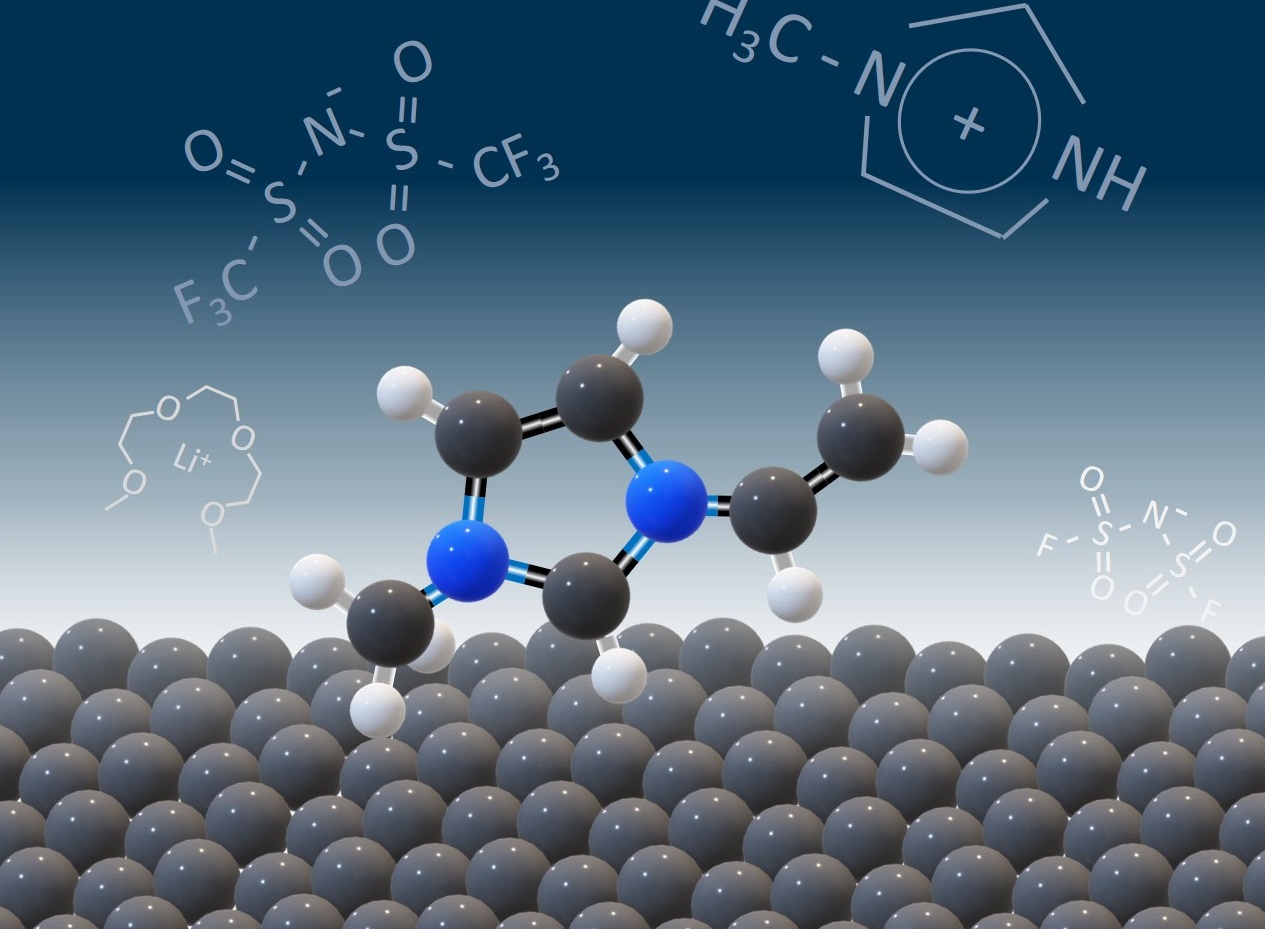
Safer, longer-lasting energy storage requires focus on interface of advanced materials
More studies at the interface of battery materials, along with increased knowledge of the processes at work, are unleashing a surge of knowledge needed to more quickly address the demand for longer-lasting portable electronics, electric vehicles and stationary energy storage for the electric grid.
Cloud Sourcing Electricity Usage
What do energy usage in buildings and traffic congestion have in common? Crowdsourcing.
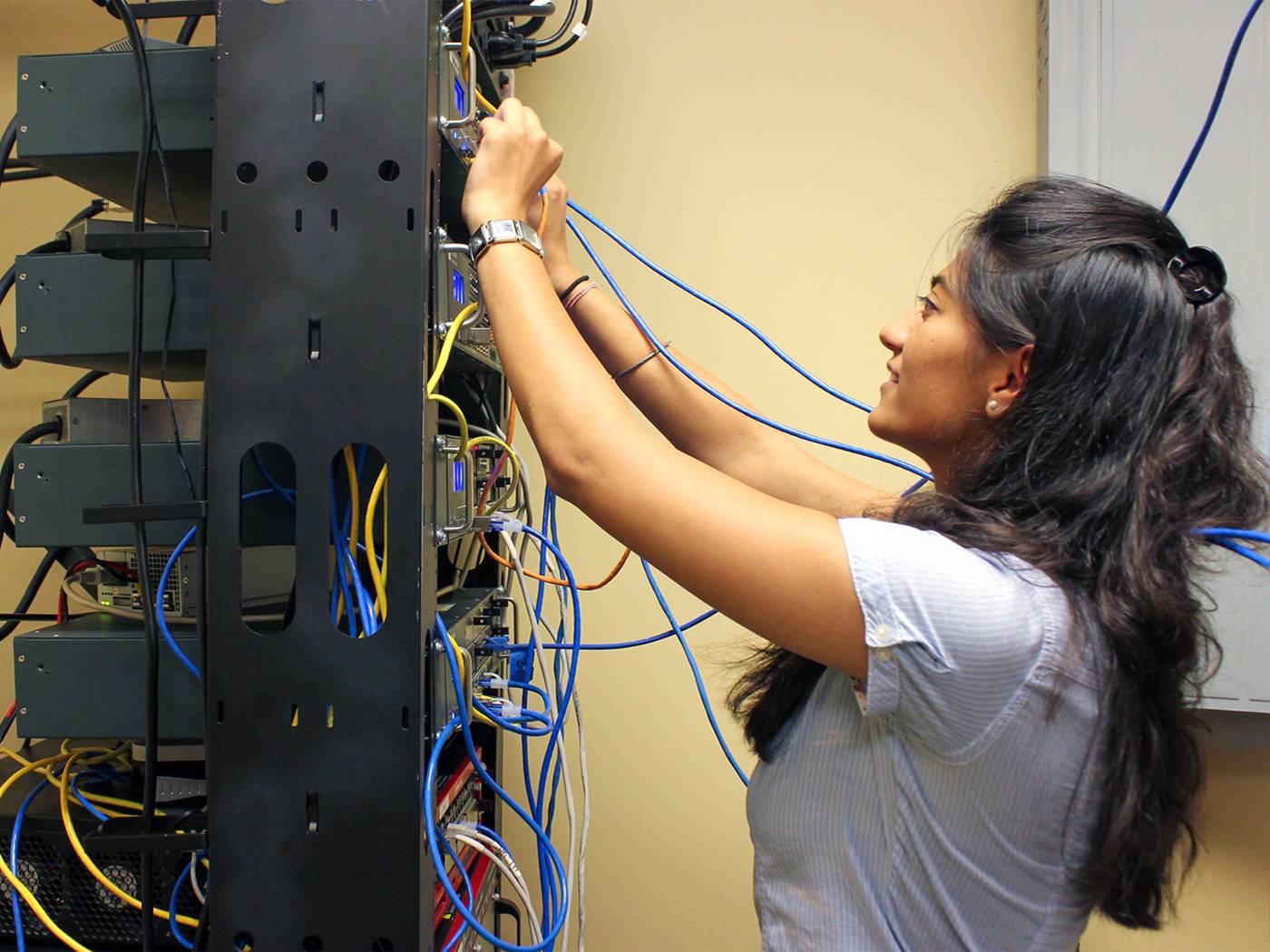
Gift will fund solar panel, electrical research
Thanks to a generous gift from utility company Evergy, students in the College of Engineering at Wichita State University can learn about and conduct research on solar power technology, as well as how to protect an electric grid from short circuiting.
Energy storage startup SPARKZ licenses ORNL cobalt-free battery tech
Energy storage startup SPARKZ Inc. has exclusively licensed five battery technologies from the Department of Energy’s Oak Ridge National Laboratory designed to eliminate cobalt metal in lithium-ion batteries. The advancement is aimed at accelerating the production of electric vehicles and energy storage solutions for the power grid.